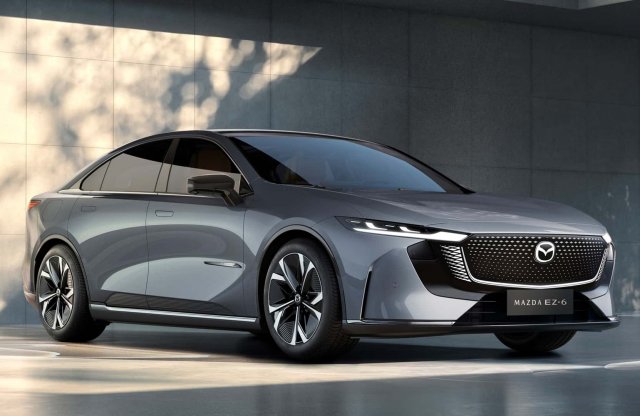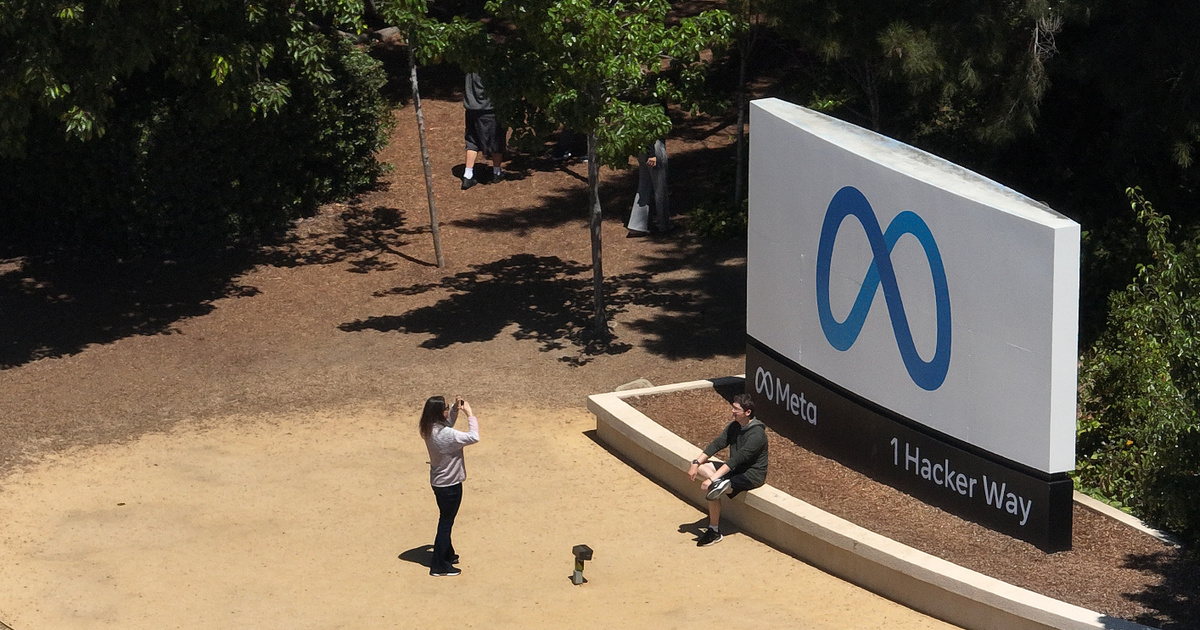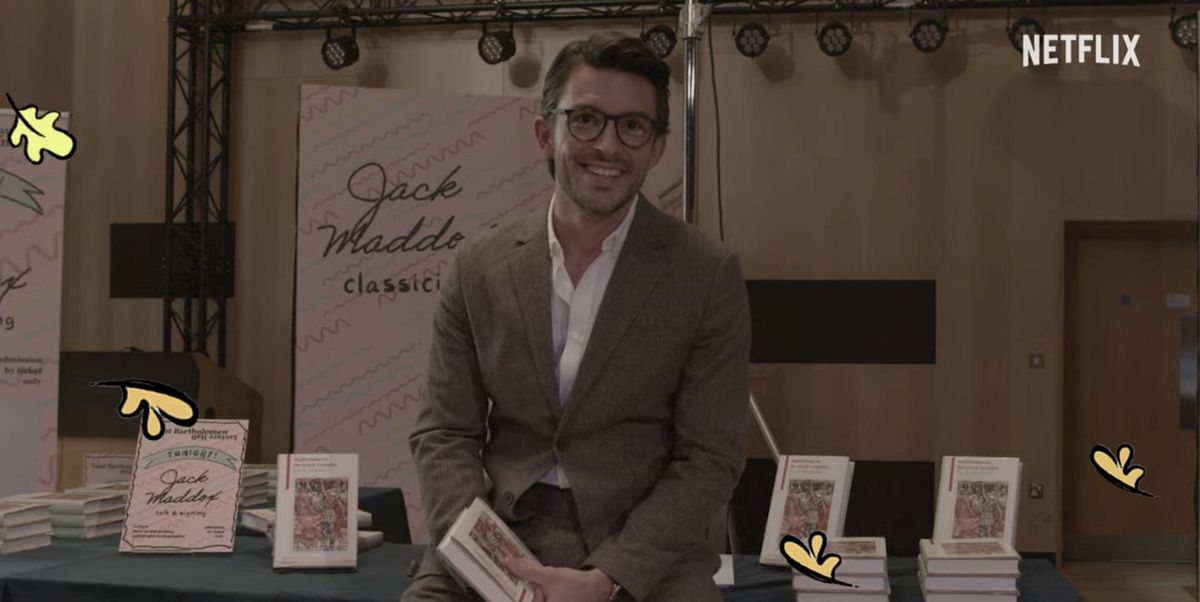According to some psychological research, the way we imagine the collective future or past also affects the present. Imagining focused on the future can influence our current political decisions and our tendency to prosocial behavior. In the 1980s, psychologist Indel Tolfing discovered that recalling the past and visualizing the future use the same memory mechanism.
What happens during the time travel of the brain?
Carl Zponar, associate professor at Toronto Metropolitan University SaysAnd
Recent brain imaging supports Tolfing’s theory: similar networks are activated when we remember our personal past and personal future.
But according to research by Szpunar and colleagues, the ability to envision a collective future depends on cognitive processes that differ from the ability to envision an individual future.
Meymune Topcu, a guest researcher on The New School, has several such cases Investigationwhen people are together “visited” In the past and future, these images revealed that images of the imagined collective future are less real than memories of the collective past, and it has also been shown that
When we think about our future, we are optimistic, and when we envision the future of a larger community, such as a country, we are more pessimistic.
In thinking about the future, the brain draws on past experiences, current hopes, fears, and intuition. This is EFT (Equipmental Future Thinking), Episodic Future Thinking, or Mental Time Travel. Electron conversion means increased activity and connectivity between 11 different brain regions, and during this process the world of the future is mentally built, in which the hippocampus – the center of memory and learning – is activated, which identifies the most relevant memories and collects them into a new scene.
Everything we see in the future is always being perceived and processed by our minds information , and future primary drivers are likely to be closely related to our values and needs. Examples include learning, altruism, family, and creativity. Future emotions related to this experience during a wire transfer can be as strong as your current feelings.
How much is she now?
Hal Hirschfeld, a psychologist at the University of California (UCLA), studies the effects of time perception. In one of his studies, he asked people how long the present would last. Whenever someone has a file right NowHis feelings about the future diminished. On the other hand, those who believe that the present will end sooner are more likely to make future-oriented decisions. In 2018, interdisciplinary researcher Séamus A.Power described the future as having a continuous relationship with the present and the past:
There is a continuous loop from the past to the future and back, always approaching the focal point of the present.
Jane McGonigal is a game designer and futurist SaysAnd
Thinking about the future is useful and practical. It prepares our minds to adapt more quickly to new challenges, gives us hope and resilience, and can inspire us to take action today for happiness and success in the future.
Based on research, there are real benefits to imagining our future in detail, no matter how bleak or terrifying, because this visualization can help us tune in to even the worst of events.
(Cover photo: BSIP/UIG via Getty Images)























![Does the Nintendo Switch 2 not even reach Steam Deck's performance? [VIDEO]](https://thegeek.hu/wp-content/uploads/sites/2/2023/06/thegeek-nintendo-switch-2-unofficial.jpg)




















